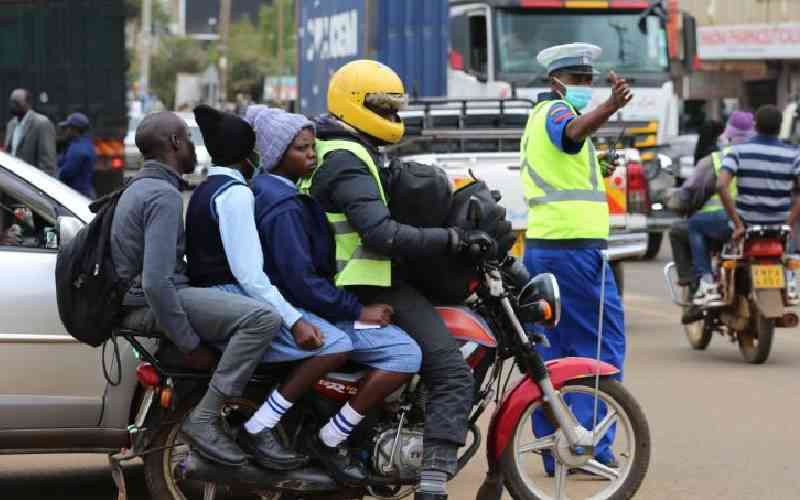×
The Standard e-Paper
Truth Without Fear

Plans by Transport Cabinet Secretary Kipchumba Murkomen to toughen up traffic rules to improve road safety are a tad predictable.
Coming at a time when deaths and injuries from road crashes have soared inexorably, timely government intervention is timely. Still, coming on the heels of the horrific crash in which more than 50 people died and more injured in Londiani, Mr Murkomen has justification and public support to crack down on road carelessness.